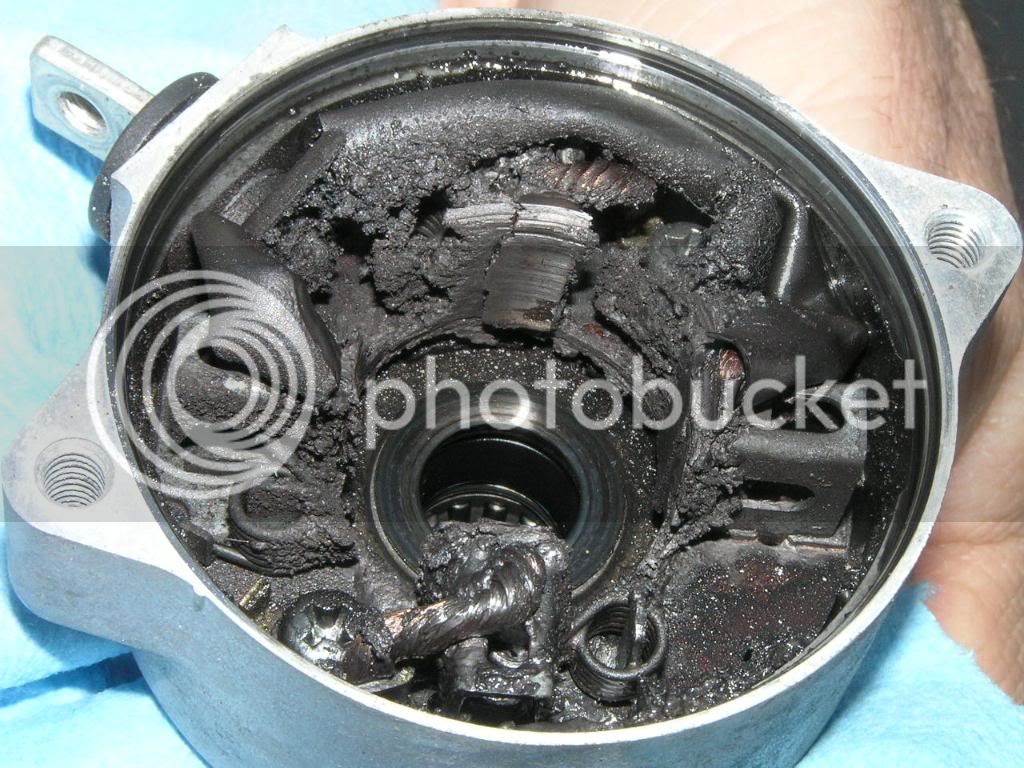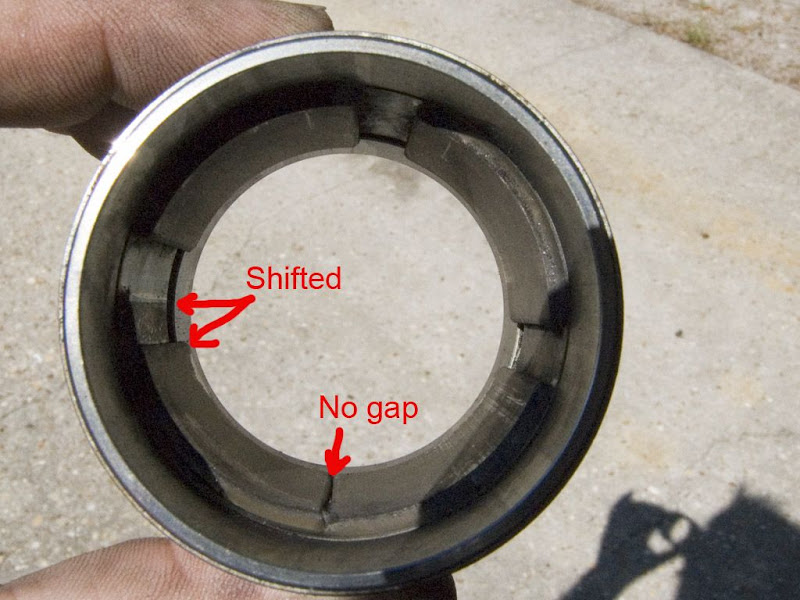luvtoride
My Indian name is "Pants On Fire"
Actually, if I were to get a new(er) bike, it probably would be an '07. I happen to like the color... although, you do not want me to buy it now unless you're looking for me to default on a loan. lol! I'm ok with what I've got. It runs well & it's paid for... if I can just get this pesky problem worked out all will be good with the world for now. I would like a new(er) bike soon, though.
























































